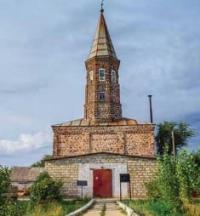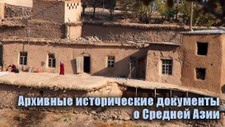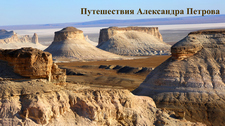Вы здесь
Akhmet Khalfa Mosque.

Religious monuments of Aktobe region.
"Sometimes prayers are read by old men in the presence of many kneeling near them, but for the most part everyone prays when and where he wants. Some do not perform any religious rites at all. The number of zealous Muslims is so rare in this people that Islamism could have completely died out in them if it were not supported by the clergy, who often come from Bukharin, Khiva, Turkestan, and the mullahs, assigned by the Russian government to the khans and founders to correct the position of clerks with them."
Levshin A. I. "Description of the Kirghiz-Cossack or Kirghiz-Kaisak mountains and steppes." 1832.
Trip from village of Shabarkuduk to village of Temir.
Akhmet Khalfa Mosque is located at an altitude of 229 meters above sea level, in southern part of village of Temir, in square of Abu Takenov, Akhmet Khalfa, Agayindy Zhubanovtar and Kozhabay Zhazykov streets, 1 kilometer from right bank of Temir River, in Mugalzhar district of Aktobe region.
The Akhmet Khalfa Mosque is one of the rare stone mosques in the Aktobe region, it is a historical and cultural monument of local significance, a spiritual, religious and pilgrimage institution.
History of construction of Akhmet Khalfa Mosque in village of Temir.
Situated on one of the branches of the Great Silk Road, the settlement of Temir was famous for its fair in the XIXth and early XXth centuries. Being an independent trade and cultural center, the city needed a mosque. At the beginning of the XXth century, merchant Mazhit Batkhullin thought about building a mosque that would facilitate successful promotion of his trade.
The mosque was built with funds from merchant Mazhit, who came to the local trade fair from Orenburg twice a year. The merchant also specially invited an imam from Kazan, a prominent religious figure, Akhmet Khalfe. The latter is also known for chairing the western regional religious administration of the Alash Orda government.
Akhmet Khalfe was a prominent religious figure. There is a discussion about the ethnic origin of merchant Batkhullin: some consider him a Kazakh, others - a Tatar. Permission to build a mosque was received from the tsarist authorities of Russia.
On the minaret of the mosque there is a stone with the inscription "1407" and the word "mosque" in Arabic. The interpretation of this date is controversial: some believe that it is July 14 - the day the construction was completed, while others believe that the year is indicated according to the Islamic calendar.
However, according to the Islamic calendar, this would correspond to 1233 - 1234. It is believed that over time, some of the numbers could have been erased, and the original date was different. During the Soviet period, the building was used as a dormitory for a special boarding school.
The descendants of Ahmet Halfa began repairing the mosque in the early 90s of the last century, the mosque reopened in 1991 and has since functioned as a religious center. Currently, the building needs major repairs, especially the roof, as the wooden beams have sagged and may collapse.
Thus, the Ahmet Halfa Mosque is an important historical and cultural monument reflecting the spiritual heritage of the region and requiring attention to preserve its architectural value. This is an amazing, the tallest and only stone building in the village. The opening of the mosque took place in 1905.
Architectural features of Ahmet Halfa Mosque.
Akhmet Halfa Mosque is a two-story rectangular building measuring 10 by 22 meters. The walls of the mosque are built of brick blocks, fastened with a mixture of limestone and cement, on a three-row foundation. On the north-eastern side of the mosque, where the main entrance is located, there is an octagonal tower, on top of which there is a traditional minaret with a symbol of the newborn moon.
The walls are divided horizontally by windows and spaces between floors. The roof of the building is covered with iron sheets. The interior space of the mosque is divided into three parts. The supports of the second floor are attached to the wall and to trimmed wooden columns.
It should be noted that in the village of Uil of the district of the same name in the Aktobe region there is the Kokzhar mosque, which is very similar in appearance to the mosque in the village of Temir
Geographical coordinates of Akhmet Khalfa mosque: N49°08'19 E57°07'38
Authority and photographs by:
"Monuments of culture and history, unique natural objects". Ministry of Culture and Sports of Republic of Kazakhstan. Astana. 2018.







